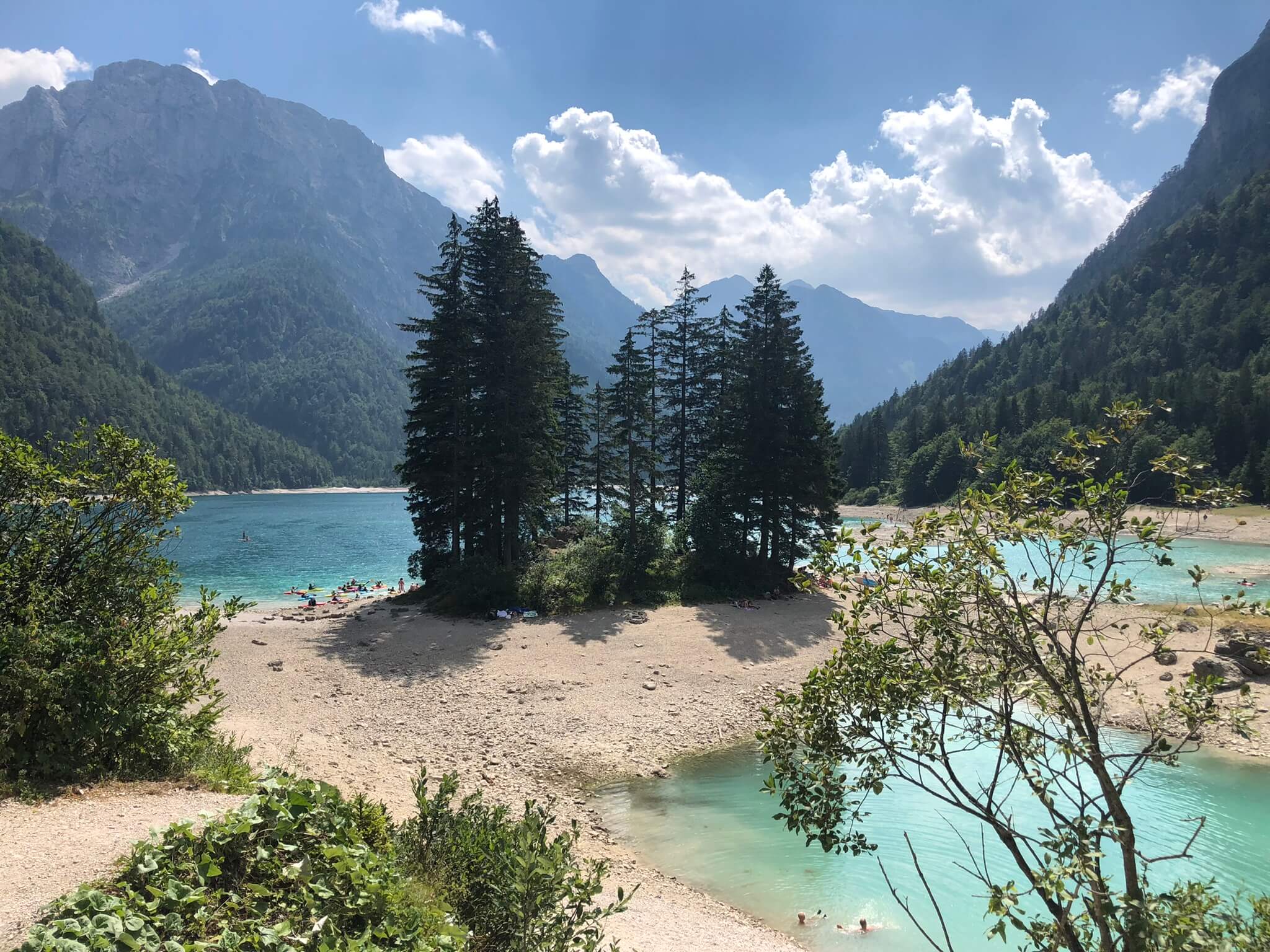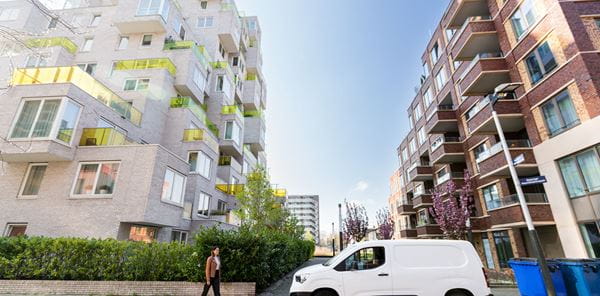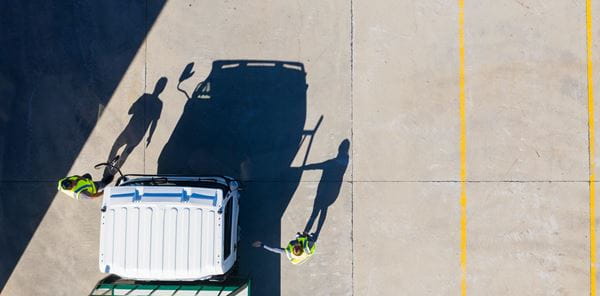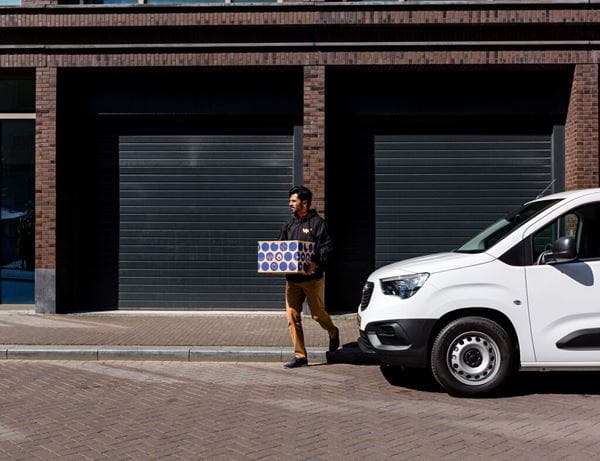
How To Plan Your Electric Road Trip
This past summer Vera and her family set out for their first road trip through Europe in their electric car! Vera has been driving a Hyundai Kona since 2020 and this was her first long trip in an EV. From the Netherlands, through Germany and Austria, with longer stays in Italy then back via Switzerland.
Here’s what they learned.
1. We split the road trip into 350km (217-mile) sections
- 1.We split the road trip into 350km (217-mile) sections
The route included five countries and 2,500km (1,550 miles). I’ve had my EV for two years, but this was the first time we’ve driven this far in it, so I was a little nervous.
We split the trip into sections of roughly 300-500 kilometres (180-300 miles) per day so worrying about range wouldn’t be a problem. The shorter sections also meant we could see a lot more and our young children were much happier to spend less time in the car!
our young children were much happier to spend less time in the car! Starting in our hometown of Lelystad, the Netherlands, we headed for Germany. Our first stop was in Frankfurt for one night before heading on to Chiemsee, a lake close to the Austrian border, where we stayed for three days. From Chiemsee we drove through Austria and the north of Italy, stopping in Tarvisio for one night. Then on to Cavallino-Treporti for a week of camping and relaxing.
On the way back we took a different route. From the camping ground in Cavallino-Treporti we took a boat for a short trip to Venice before starting the journey back home. Our first stop was in Lake Como where we stayed for three days. From Lake Como we drove back through Germany via Switzerland. This was the only part of the trip where there were big traffic jams. In Germany we stayed one night in Offenburg and two nights in Cologne before arriving home.
2. Plan your charging stops – apps help!
When planning the route, we tried to alternate the stops between places with more nature and city trips so it was a city, lake, city, lake holiday. We used A Better Route Planner (ABRP) to map out the entire journey. In ABRP you can add multiple destinations, your starting battery charge, and the amount of charge you want to have when you arrive at your destination. Once you’ve entered all this, ABRP will map out all the charging stops you need and let you know how long you will need to charge for at each stop.
It was hard using ABRP on our phone to find the location of the chargers and it wasn’t until later that we discovered you can link the app to your car’s touchscreen. This was much easier than trying to follow it from your phone.
In towns, it was easier to use Chargemap to find charging locations. This was really accurate, and there were no problems with broken chargers or waiting too long to charge. Along the highways, we only had to wait twice for a charger, once in Austria and on the way back in Switzerland.
3. Hyundai’s Bluelink app was great for charging peace of mind
Bluelink is an app from Hyundai that connects your car with your phone. Through the app I could check how my car was charging, and what percentage it was at, without having to wait with it.
During the holiday we only had it happen once that our car wasn’t charging properly. We had stopped for a longer lunch and charging session and when I checked the app I saw the car wasn’t charging anymore. There was a fault with the charging pole, but we were easily able to re-start the charging session and continue charging.
Without the app we would have come back to an almost empty battery so being able to easily check and see whether the car was charging eased any concerns.
4. We only needed two charging passes
From colleagues and friends, I had heard I would need a couple of charging passes for my holiday, but I found Travelcard, the charging pass LeasePlan drivers in the Netherlands use, was accepted almost everywhere! There was only one charging station in Italy (off highway) where Travelcard wasn’t accepted, and we used a Shell Recharge pass there.
The charging infrastructure in the Netherlands, Germany, Austria and Switzerland is good and it was easy to find chargers on the highways. It was harder to find charging stations in Italy but not impossible. In Germany it was easy to find charging stations while driving on the highways as road signs would indicate if upcoming fuel stations had charging points. And almost all highway rest stops and fuel stations we stopped at in Switzerland had EV charging stations.
Lake Como was one of the harder areas to find a charger and there were no fast chargers close by. We ended up having to charge at a Lidl supermarket, which wasn’t close to the lake and a bit inconvenient to get to. Combining the charging with some grocery shopping made the trip worth it and while it was a slow charger, it was free to charge! When we left Lake Como, we had a battery level of about 35% and our route planner was telling us to find a charger almost immediately after leaving. Despite the lack of charging infrastructure at Lake Como, I wouldn’t have skipped it as a destination. It’s just good to keep in mind if you’re travelling there with an EV.
There were a few stranger charging stations too. Including a fast charger in Germany that our navigation took us to. It was in the middle of nowhere, next to a garage and with no other amenities around. Luckily it was a fast charger, so we didn’t need to stay for that long. In Italy we found some Ionity ultra-rapid charging stations that were very hidden away, behind some shops and not visible unless you know where to go. It’s always good to check on Google maps what amenities are at charging stations, especially if you’re planning to charge for a longer time.
6. No changes to driving style were needed
With the route planned out and a lot of chargers along the way, we didn’t need to change our driving style to fit the EV. Safety is always a top priority for us when driving, especially with two small children in the car. We always drove the speed limit and in Germany on the autobahn we drove maximum around 130 kilometres per hour.
To optimise range, you can do a few things like turning the air-conditioning off but this summer it was too hot to even consider that! With the planning we did, we were never in a situation where we were trying to extend the range as there was always plenty.
In summary: Lessons for next time:
- Staying one night in towns wasn’t always the most convenient, especially with children.
- Battery level can go down to 15% battery as the minimum (to fill in the app). This trip we tried to keep it at 20% as the minimum and that was more than enough (except perhaps Italy depending on your plans)
- Connect A Better Route Planner with the in-car navigation from the start
Tips for EV drivers embarking on a road trip:
- Check smaller towns before arriving to see what the charging infrastructure is. It might be better to use a fast charger on the highway before arriving
- Ask at your hotel or with the people you’re staying with where chargers are. In some smaller towns chargers were tucked away and harder to find.





